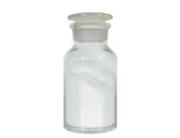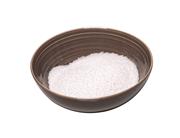Chemical properties: white to yellowish acicular crystal or crystalline powder. It has a special aroma like burnt cream sugar, and the dilute solution has a strawberry flavor. Volatile, sublimation at 93℃. The 1g sample was soluble in 82ml water, 21ml ethanol, 80ml glycerol or 28ml propylene glycol, slightly soluble in benzene and ether, but insoluble in petroleum ether. Natural products are found in stir-fried malt, pine needles and chicory.
Uses: Methyl maltol has a caramel aroma and a strawberry aroma in a dilute solution. Maltol is a derivative of gamma-pyranone, which is mainly used as food flavoring agent, daily necessities and tobacco fragrances, photosensitive materials, preservatives and skin care drugs. Adding trace maltol to food not only improves and thickens the flavor, but also prolongs the storage period of food without mildew. Used to modulate the essence of daily necessities, can also play a good aroma effect. Maltol is also an excellent material for coating photographic films evenly to prevent spots and streaks. The skin care cosmetics formulated with it have good effects of inhibiting melanin growth and whitening skin. Used in the production of various foods, such as chocolate, candy, canned food, fruit wine, juice, ice cream, cookies, bread, pastries, coffee, soda and sorbet, the general amount is about 1/10,000. It has a significant effect on improving and enhancing the flavor of food, and plays a sweetening role in sweet food. One part maltol can be used instead of four parts coumarin. Adding 5-200g maltol to each ton of feed has the effect of promoting the rapid growth of piglets.
Production method: Kojic acid is obtained by fermentation and etherized with benzyl chloride to obtain benzyl kojic acid, which is catalyzed by manganese dioxide and hydrochloric acid to produce Kojic acid, and then decarboxylated to obtain pyroconic acid, which is then methylated. Pyroconic acid is produced by the reaction of azacyclohexane, which is then methylated at 2 sites. Diethyl oxalate was condensed with acetone in the presence of sodium ethyl alcohol, and bromine was added into trichloromethane solution to obtain γ-derivatives. Then the potassium hydroxide is decomposed into meconic acid by adding water, and then the pyromeconic acid is obtained by heating and decarboxylate, and then reduced by treating with formaldehyde and piperidine.
| Melting Point | 160-164 °C
|
| Boiling Point | 205 °C
|
| Density | 1.046 g/mL at 25 °C
|
| Vapor Pressure | 0.15Pa at 24℃
|
| Storage Condition | 2-8°C
|
| Solubility | Dissolved in methanol, solubility of 50mg/mL, clarified
|
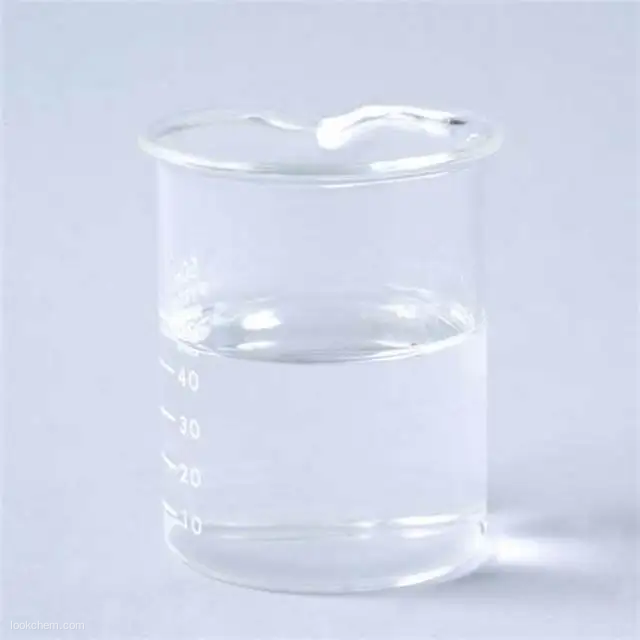
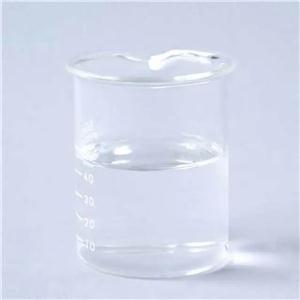
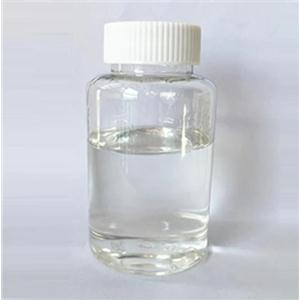

 China
China